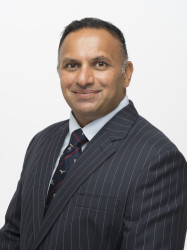BibTex format
@article{Nguyen:2019:10.1177/0363546519881420,
author = {Nguyen, A and Ramasamy, A and Walsh, M and McMenemy, L and Calder, JDF},
doi = {10.1177/0363546519881420},
journal = {American Journal of Sports Medicine},
pages = {1--7},
title = {Autologous osteochondral transplantation for large osteochondral lesions of the talus Is a viable option in an athletic population.},
url = {http://dx.doi.org/10.1177/0363546519881420},
year = {2019}
}

